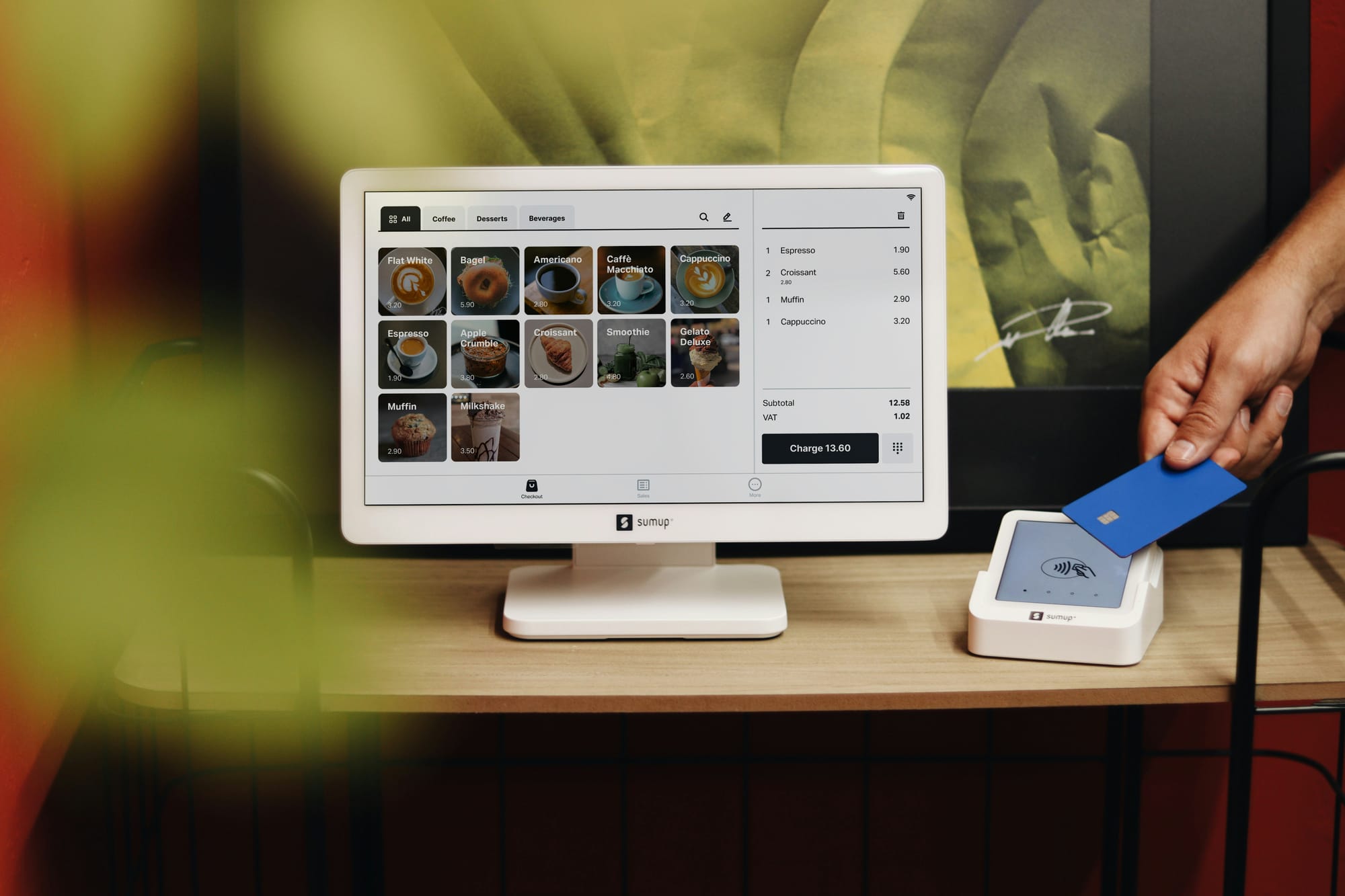Creating a personalized web experience that drives conversions
In today’s online world delivering a personalized web experience is no longer a luxury - it’s an expectation. As consumers grow accustomed to receiving tailored recommendations and content, they’re increasingly looking for websites that cater to their unique preferences and needs.
Personalization isn’t just about keeping up with trends - it’s about driving conversions and building lasting customer relationships. In this guide, we’ll dive into what defines a successful personalized web experience, the benefits it brings, and practical steps for implementation.
What is a personalized web experience?
A personalized web experience involves curating content, products, and user interactions based on individual visitor data such as browsing behavior, past purchases, demographics, and preferences.
Rather than offering a one-size-fits-all website, a personalized experience adjusts dynamically to meet the needs and interests of each unique visitor.
Examples include product recommendations based on browsing history, personalized email offers, or even modifying the website’s layout or messaging based on user demographics.
Why personalization matters for website success
Personalization offers numerous benefits that go beyond enhancing user experience. Studies have shown that websites that personalize interactions can see a notable increase in engagement, customer satisfaction, and, most importantly, conversion rates. Here’s why a personalized web experience is a strategic asset:
- Enhanced user engagement: Visitors are more likely to engage with content that is relevant to their interests. When users feel that a site “understands” them, they spend more time browsing, leading to higher engagement.
- Higher conversion rates: Personalization guides users toward products and services that suit their needs. When users feel their interests are being addressed, they’re more likely to complete purchases or sign up for services, leading to improved conversion rates.
- Increased customer loyalty: A tailored experience helps build loyalty by making customers feel valued. Personalized interactions create a positive brand perception and build long-term customer relationships.
- Better data collection and insights: Implementing personalization requires tracking user behavior, which can yield valuable insights. Analyzing these insights can help refine marketing strategies and better understand what resonates with your audience.
Key elements of a successful personalized web experience
To create a personalized web experience that truly makes an impact, it’s essential to focus on a few critical elements:
- User segmentation. Start by segmenting your audience based on demographic data, browsing behavior, purchase history, and more. This segmentation allows you to create different versions of your web experience that resonate with each group.
- Dynamic content. Use dynamic content that adjusts based on user behavior. For example, an e-commerce site could highlight recently viewed items or suggest products based on a visitor’s past interactions.
- Behavioral triggers. Behavioral triggers, such as cart abandonment reminders, encourage visitors to complete actions. These automated reminders can be tailored to the individual, making them feel highly relevant and increasing the likelihood of conversion.
- Personalized email marketing. Personalization should extend beyond the website itself. Follow up with targeted emails based on user actions, such as sending a “thank you” after a purchase or recommending new products that complement a previous order.
- AI-driven product recommendations. Machine learning algorithms can analyze user behavior in real-time to offer recommendations that evolve with each interaction. These AI-powered recommendations help keep users engaged and guide them to relevant products, contributing to a smooth, personalized journey.
Implementing a personalized web experience
Building a personalized experience doesn’t have to be overwhelming. Here’s a step-by-step approach to get you started.
1. Collect and analyze data
Personalization begins with data. The more information you have on your users, the better you can tailor their experiences. Collect data from various touchpoints, including website activity, purchase history, and email interactions. Use tools like Google Analytics and customer relationship management (CRM) systems to gather and analyze this data.
2. Define personalization goals
What do you want to achieve with your personalization efforts? Whether it’s increasing conversions, boosting engagement, or reducing bounce rates, set clear goals. These goals will guide your approach to creating a personalized web experience that aligns with your business objectives.
3. Segment your audience
Based on your data, divide your audience into segments. Common segments include new visitors, returning customers, high-value buyers, and frequent browsers. This segmentation enables you to create different experiences that cater to each group’s specific needs and interests.
4. Personalize content and product recommendations
Content personalization involves showing users the most relevant content based on their past behavior. For instance, an e-commerce site can recommend products based on a visitor’s browsing history. Personalized recommendations can also work for blog content, encouraging users to explore articles similar to those they’ve previously engaged with.
5. Test and optimize
Personalization isn’t a one-and-done effort. To achieve the best results, regularly test different personalization tactics, such as A/B testing product recommendations or experimenting with dynamic homepage banners. Use conversion rates, click-through rates, and other key metrics to determine which strategies are most effective.
6. Implement AI and machine learning for real-time personalization
AI-driven personalization has become increasingly popular for delivering a seamless personalized web experience. AI can analyze vast amounts of data quickly, providing recommendations and adjustments in real-time. Machine learning can adapt these recommendations as the user interacts with the site, continually refining the experience to keep it relevant. Tools like ConversionWax can apply this automatically to deliver regional-based content to your users.
Examples of effective personalized web experiences
To bring personalization into focus, here are a few real-world examples:
- Amazon. Amazon is a pioneer in web personalization, with product recommendations that reflect users’ browsing history and purchase patterns. Its personalization engine is finely tuned to adapt recommendations based on each user’s behavior, increasing the likelihood of conversion.
- Spotify. Spotify curates playlists based on users’ listening habits and preferences. This approach creates a unique, personalized experience that encourages continuous engagement and builds customer loyalty.
- Netflix. Netflix personalizes its platform by displaying content based on viewing history and preferences. Its recommendation engine keeps viewers engaged by suggesting content tailored to their tastes, boosting both engagement and customer retention.
Overcoming challenges in web personalization
While personalization offers numerous benefits, it’s not without challenges. Here are a few hurdles and how to address them:
- Privacy concerns: Users are more aware of data privacy than ever before. Make sure to be transparent about data collection and give users control over their preferences. Ensure compliance with regulations like GDPR or CCPA to build trust.
- Data management: Effective personalization relies on accurate data. Invest in a robust data management system to organize and analyze customer information efficiently. Regular data audits can help keep your personalization efforts on track.
- Balancing automation with human insight: While AI can power personalization, human oversight is essential. Regularly review automated recommendations to ensure they align with your brand’s tone and the evolving needs of your audience.
Getting personal
A well-executed personalized web experience can differentiate your site in a crowded market. By understanding user behavior, segmenting your audience, and implementing AI-driven recommendations, you create a website that resonates with each visitor on a personal level.
In turn, this tailored experience drives engagement, conversions, and loyalty, ultimately leading to increased revenue and long-term business growth. Embrace personalization as a core part of your digital strategy, and watch as it transforms your site from a one-size-fits-all platform into a unique, converting website that your customers will return to time and again.
Get started with ConversionWax using your free trial today
-

Unlock the benefits of website personalization
-

E-commerce conversion best practices
-

Your ultimate Conversion Rate Optimization checklist
-

How to: complete a Conversion Rate Optimization audit
-

An easy guide to ecommerce website optimization
-

Your guide to Conversion Rate Optimization best practices
-

Landing page optimization - maximizing your conversions
-

Website performance optimization techniques to boost your online business
-

Benefits of website personalization for online businesses
-

How to improve your ecommerce checkout conversion

